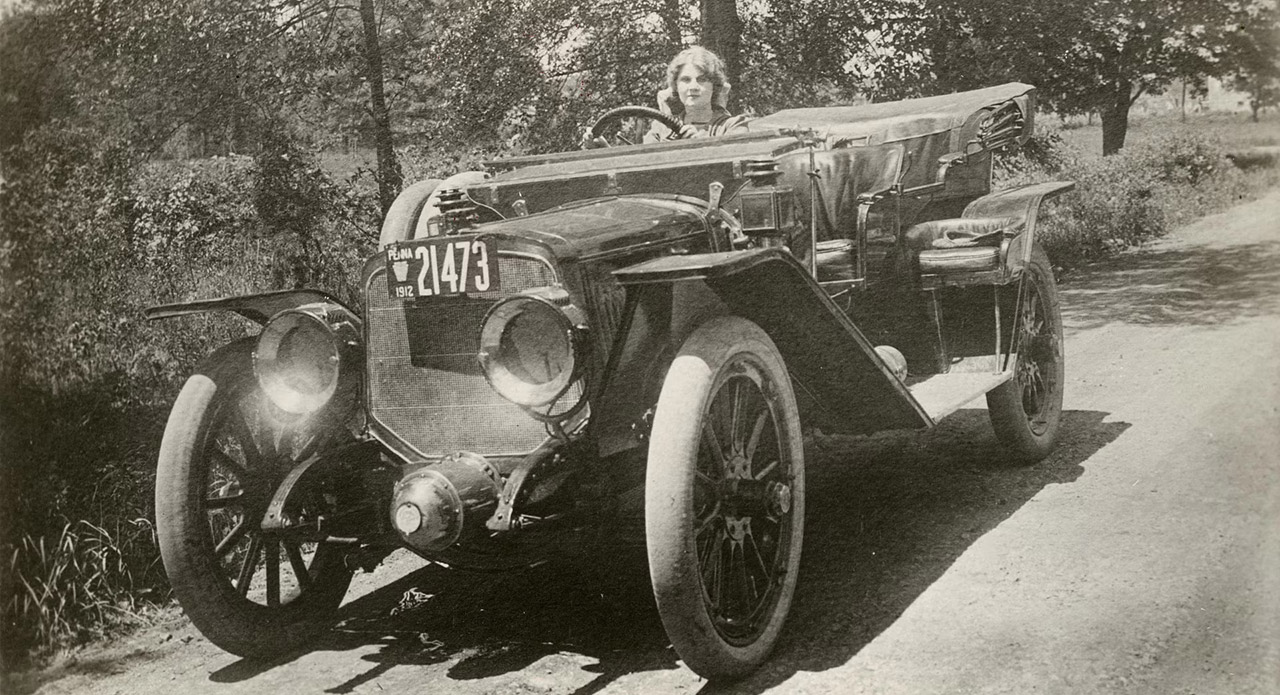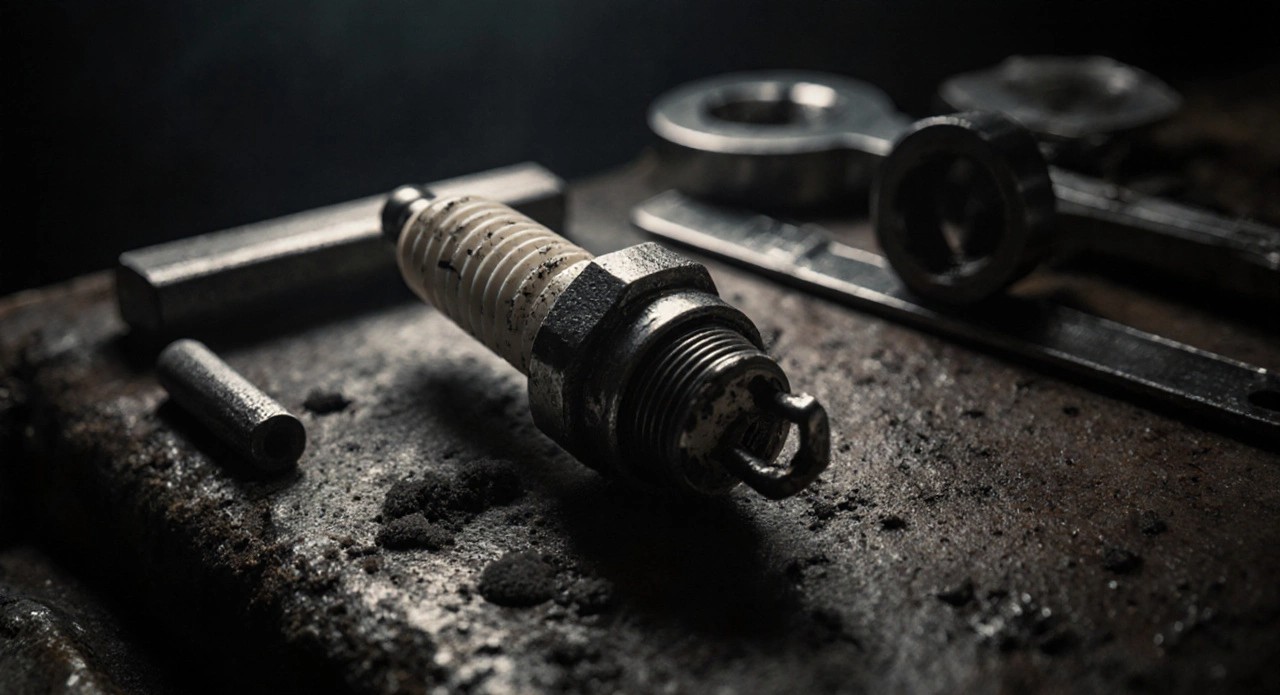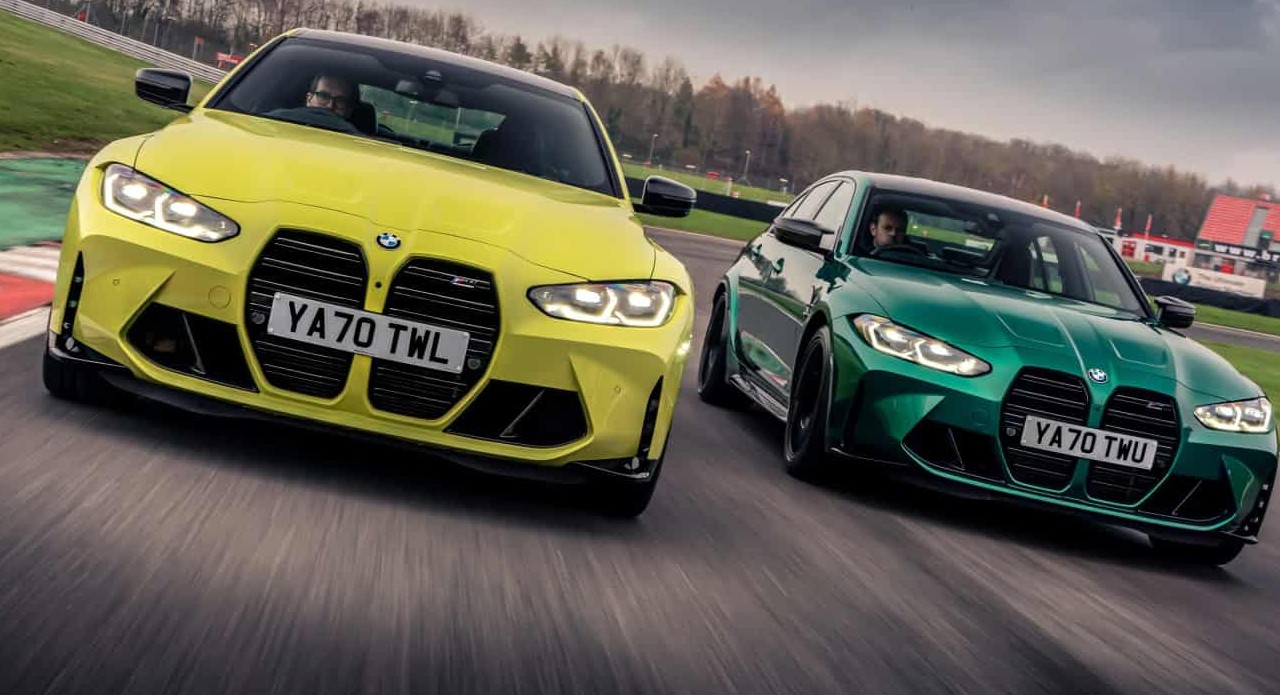On a sunny Monday morning in April this year, I boarded a train from Zurich to Ibach, the picturesque town in the Swiss canton of Schwyz, which houses Victorinox, the makers of the famed Swiss Army Knife. My purpose was to visit the Victorinox factory that produces nearly 135,000 knives a day and meet the affable CEO, Victorinox AG, Carl Elsener Jr., fourth-generation member of the founding family. Despite his title, Elsener still works as an employee, draws a salary, and works out of a modest office in the Ibach headquarters. As the second-largest employer in the canton (after the government), the company has the distinction of never asking any employee to resign due to economic reasons. What fascinates me about the brand is their history of inclusive growth and the role of the Elsener family, who now manage a 422 million Swiss franc behemoth, ethically committed to their employees and the region of Schwyz. A global company spanned across five product categories: Swiss Army Knives, Household and Professional Knives, Watches, Travel Gear and Fragrances, I left Victorinox HQ, with not only memories of Ibach’s beauty and Mr. Elsener’s passion and humility, but also a personalised Swiss Army Knife I assembled myself.

Here is the Victorinox journey as narrated by Carl Elsener Jr:
The Humble Beginning Of Victorinox
The company was founded in 1884 by my great-grandfather in the basement of the house that is visible from where we sit. He learned the skills of knife making there.
Initially, he was making knives in very small quantities when he heard that the Swiss Army was interested in providing every soldier with a knife, translating into an order of about 200,000 pocket knives. My great-grandfather, Karl Elsener I, saw the opportunity but faced a capacity problem. As a first step, he established the Association of Swiss Master Cutlers, uniting the small cutlery workshops in each canton to collectively fulfill this large order. Eventually, Victorinox and the Wenger Company both supplied nearly 50% of the Swiss soldier’s knives. However, Swiss Army orders now makes less than 1% of our total sales.
The Power Of Trademarking

In 1891, we made our first delivery of the soldier knife, which was somewhat heavy and bulky. Our founder then created a smaller, more elegant knife with additional functions, including the famous corkscrew, calling it the Original Swiss Officer’s and Sports Knife—the basis of today’s Swiss Army Knife. In 1909, to distinguish his products from imitations, he started using our famous Cross and Shield emblem, which he wisely registered as a trademark. Today this emblem is protected as the Victorinox trademark across all countries globally. That same year, he named the company Victoria after his mother. In 1921, with the introduction of stainless steel (known globally as Inox), the company name became Victorinox.
The Diversification

The brand enjoyed strong growth after the Second World War because of the presence of the United States Army in Europe who had their own Post Exchange stores for the soldiers. We could deliver the little red knife to these stores and the soldiers liked it for their work. They also took the knife as a souvenir from Europe to the United States. That’s how it gained popularity in the United States and still remains our largest market. Because of the big success of the Swiss Army Knife, our products started getting copied more and more in Asia, and my father and I were concerned about how to keep high-quality production in Switzerland and still be competitive. We concluded that we needed to invest in our brand and make our brand more visible. The Swiss Army Knife, though very popular, is most often hidden in your pocket or purse; you just don’t see the brand. While we were getting ready to make our brand more visible, we were also approached by some of our bigger customers with the request to consider diversifying into other product categories that would fit our brand. In 1989, we diversified into watches. Of course, we took the challenge to deliver on the expectation of our consumers with the first watch, called the Original, that was priced CHF 100 in Switzerland, USD 100 in the United States. Ten years later in 1999, we entered the travel gear market. Initially it was licensed partnership, but in 2014, we brought travel gear under our own team in 2014 to maintain brand control and distribution.
Building Reserves In The Good Times

Having survived the first and second World Wars and the 1930s crisis, we learned the importance of building reserves during prosperous times. These reserves allowed us to acquire the Wenger Company in 2005. Wenger didn’t have reserves and were almost filing for bankruptcy. For my father and I, this was a unique opportunity as we could bring another Swiss Army Knife brand under the Victorinox umbrella. We were looking for a concept that would allow the company to keep the reserves within the company and not reduced by inheritance to the family. To ensure the company’s financial independence, we established a company foundation owning 90% of Victorinox shares, with the remaining shares in a charitable foundation. So, our family has given up all the value and the possibility to get dividends in the long-term interests of the company. Like my brothers and sisters, I draw a salary by working for Victorinox.
The Human Touch

We never let people go for economic reasons or to increase profitability. As the largest employer in Schwyz after the government, we have a presence in 120 countries, employ 2,200 people, and generated over 400 million Swiss francs in sales last year. Our core philosophy is to provide practical, functional, and competitively priced high-quality products. For our family, which includes my 10 siblings, this philosophy remains invaluable. We focus on four pillars: our people, our customers, our product, and our brand. By balancing economic ups and downs, investing in innovation, and developing new markets, we maintain stability even during crises and challenging times such as 9/11, Covid-19, which significantly impacted sales of the Swiss Army Knife. There is a saying when the winds of change blow, some build walls, and others build windmills. We believe in the latter. Securing jobs is a high priority for our family and this has always been a little bit of our recipe to build reserves and work overtime and use these reserves in difficult and challenging times. With 9/11, when the sales of the little red knife dropped by more than 30%, we had to cut down on production. We had to lend some of our people to other companies who had some big orders for which they needed temporary support. However, when the situation improved, these people came back to us. I believe that without happy and loyal customers there is no company. There is a saying by American businesswoman, Charlotte Pierce, “You cannot win the heart of your customers unless you have a heart yourself.” I cannot convince you of this little red knife if I personally have no passion and enjoy all the functions and the quality that it offers. Our third pillar of success is our products and our little red knife is so popular all over the world because of its quality, its functionality and reliability, its constant innovation and also the iconic design.
The Sustainability Angle
Now that you have visited the factory, you are aware that sustainability is at the core of Victorinox. Our Swiss Army Knives, household and professional knives are made from more than 80% recycled raw material. For over 40 years, we have a system that allows us to reuse the heat that is generated during the manufacturing process to heat the factory and provide warm water to all the sanitary installations. The energy that is produced everyday through the manufacturing process gives us enough energy to heat the factory and additionally the 120 apartments that are connected. We also use photovoltaic cells and these installments allow us not only to create power, but also to compensate more than 500 tonnes of CO2. When it comes to waste management, we separate all liquid and solid waste so that we can give as much as possible for recycling paper carton, plastic, even the remains from the coffee machines go back for recycling. We had a partnership with Nespresso for about four years to recycle aluminum capsules into knife handles.
The Last Pillar
In recent years, we have invested in our brand. Our “Made to be Prepared” campaign, inspired by our customers, emphasises the reliability of our products in any situation. When we asked our customers why they buy the Swiss Army Knife, many answered that it’s a companion that gives them a feeling of being prepared in all situations. Our Swiss Army Knives are even part of standard equipment for astronauts. As astronaut Chris Hadfield advises, “Never leave the planet without one.”











